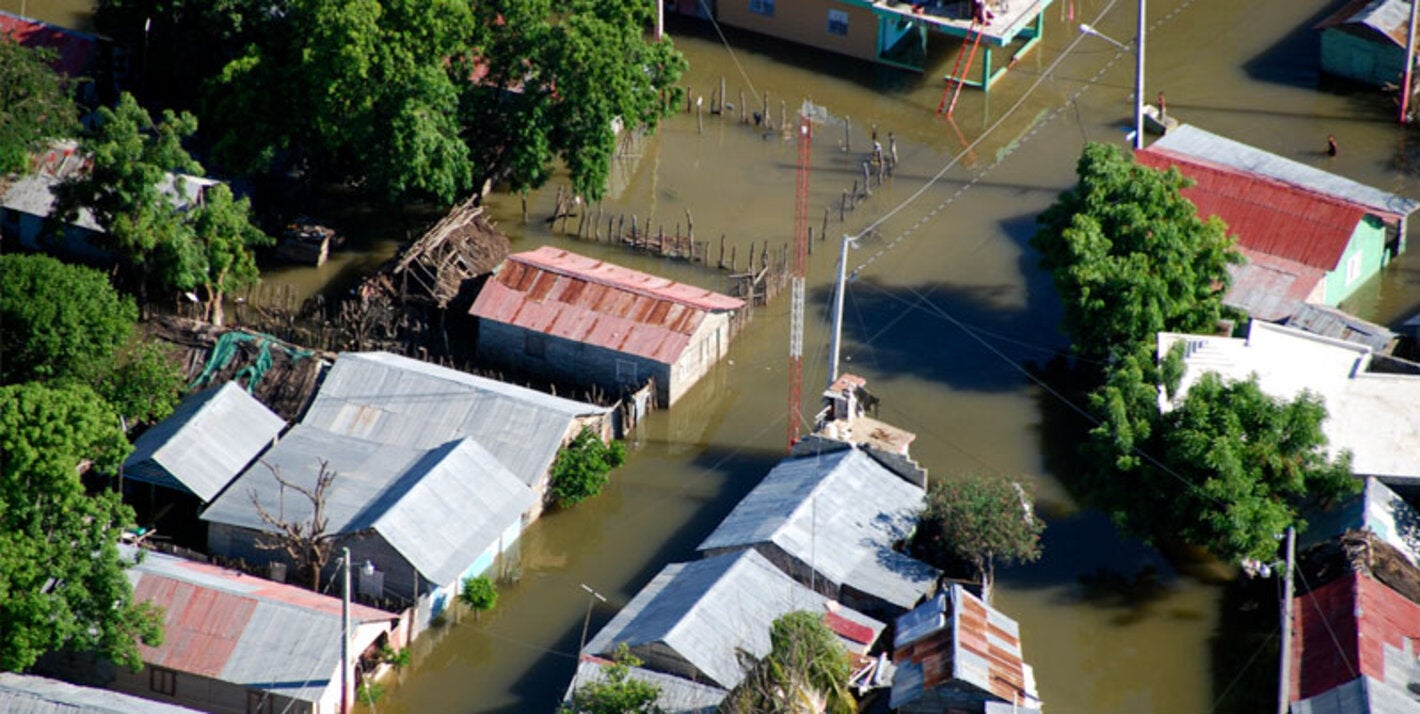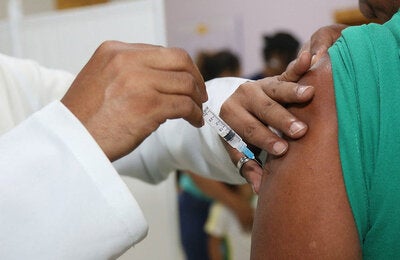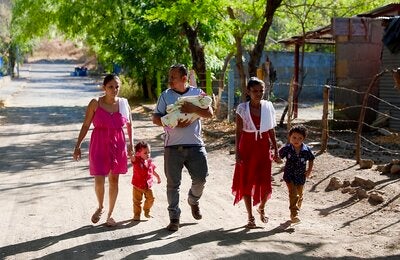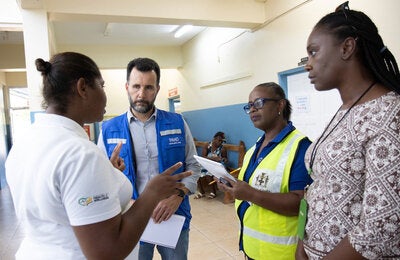
Washington, DC, 13 October 2022 (PAHO) – Thirty-four countries In Latin America and the Caribbean have strengthened their plans and procedures for emergency and disaster response and early recovery, while another six countries are testing them for updating, according to the final report on the Pan American Health Organization’s (PAHO’s) 2016-2021 Plan of Action for Disaster Risk Reduction. This reflects the achievement of a principal objective in the Plan of Action.
The progress on disaster planning was among key findings in the report on the Plan of Action, which was undertaken to reduce death, disability, disease, and psychosocial impact due to disasters and emergencies in Latin America and the Caribbean. The report – submitted to the 74th Session of the Regional Committee of WHO for the Americas during the September Pan American Sanitary Conference – assessed progress toward achieving six instrumental objectives in the plan.
In other achievements outlined in the report:
• Fifteen countries are preparing health facilities to reduce disaster risk and cope with the impacts of climate change, while another 17 countries are in the process of doing so.
• Twenty-four countries have included safe hospital criteria in the planning, design, construction, and operation of health services, and nine countries are in the process. This represents 94% achievement of the objective, which is aimed at improving the security of integrated health services networks.
• Twenty-five countries have allocated full-time staff and a budget to health emergency and disaster risk management. This represents 83% achievement of the objective, which is aimed at strengthening the organizational structure of disaster risk management offices in Ministries of Health.
• Nineteen countries have evaluated disaster risk in the health sector, and another 11 countries are making progress toward the goal. This represents 85% achievement of the objective.
• Thirty-three countries have developed a sectoral mechanism for coordinating, implementing, and monitoring disaster risk management for health, and another country is in the process. This exceeds the goal, which is intended to promote country leadership in disaster risk management.
During the period covered by the Plan of Action, there were 703 disasters in the Region of the Americas, resulting in 15,395 lives lost, affecting more than 145 million people, and costing more than US$ 676,000 million in damage.
PAHO recommends member states to integrate sustainable development as a strategic line of disaster risk management in the health sector. The exchange of experiences, intersectoral cooperation strategies, and shared information management systems have proven to be one of the main strengths of implementing the action plan. The COVID-19 pandemic has underlined the need to increase the capacities of health systems and health facilities and to improve operations within a services network to achieve a more efficient response to multiple hazards.
The final report on the Plan of Action was based on information obtained at regional and subregional meetings of emergency and disaster coordinators from Ministries of Health in 2021 and 2022, and on the results of a questionnaire developed for monitoring the plan. Thirty-seven countries and territories responded to the survey.



